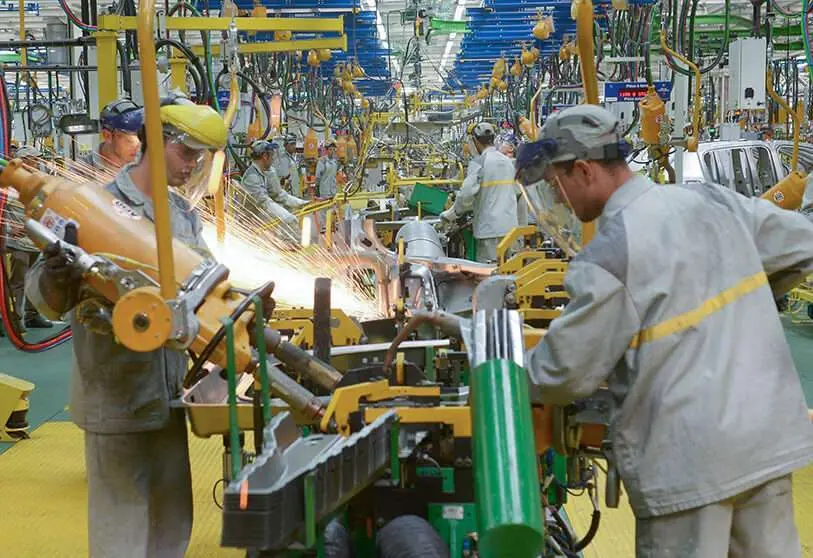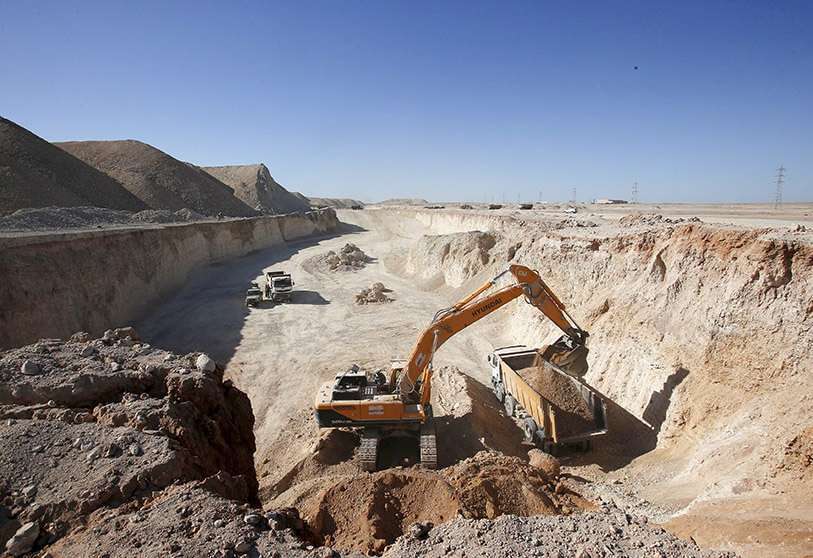La prometedora recuperación económica de Marruecos

Morocco is on the right track for economic recovery, but this improvement depends on the success of the vaccination campaign. Currently 10,436,046 doses have been administered and 4,441,667 people have been fully vaccinated, representing 12.18% of the country's population. As for the pace of vaccination, the WHO congratulated Morocco on its effectiveness last March.
Since 2015, according to the IMF, Morocco experienced powerful economic growth, reaching a GDP of €16.932 billion in 2019, an increase of 2.5% over the previous year. But this development was cut short by the pandemic as it declined by 7% in 2020. Estimates for 2021 are very favourable, as it is expected to rebound by 4.5%.

Socially, per capita income is low ('2,932), but there is significant potential for the future as a result of significant remittances, which now constitute about 7% of national GDP, and contribute to the country's growth, development and stability. It is estimated that the Moroccan diaspora comprises between 12% and 15% of the country's total population.
According to Le360, Morocco is the second most attractive country in Africa for foreign investment which can also provide a foothold for the country's economic revival. Also, having rejoined the African Union in 2017, while moving closer to the Economic Community of West African States, gives it the opportunity to tap into these high-potential markets.

The trade deficit is reduced by 11.2% in the first quarter of 2021. This reduction is explained by an increase in exports of 8.72 billion dirhams, versus an increase in imports of 3.09 billion dirhams. Morocco's main exports are cars and other vehicles designed mainly for passenger transport (3.91 million dollars), electric wires and cables (3.75 million euros) and phosphates (2.71 million). Morocco is the world's leading producer and exporter of phosphates, with about 75 per cent of the world's reserves. Mining's contribution to GDP as a whole is estimated at around 6 per cent.
Morocco's main trading partner is the EU, which accounts for 53% of its imports and 66.7% of its exports. Within the EU, Spain comes first, as it is the destination of 24.61 per cent of exports and provides 15.6 per cent of imports, and France, which receives 21.6 per cent of exports and is responsible for 12.2 per cent of Moroccan imports.

Morocco's economy is heavily dependent on the agricultural sector, which employs 32.5 per cent of the population. The primary sector also accounts for 13.7 per cent of its GDP. The Moroccan Ministry of Agriculture and Fisheries forecasts a promising agricultural export season 2020-2021 despite the COVID-19 crisis and persistent drought. Citrus and orchard products exports in particular experienced in the first half of the season a growth of 60% and 15% respectively compared to the same period of the previous season.
The agricultural recovery should a priori improve the labour market situation. In fact, 202,000 jobs were cut in the first quarter: 258,000 jobs disappeared in rural areas and 56,000 jobs were created in urban areas.

The outlook is encouraging and particularly relevant as Morocco experienced a contraction of 7% of GDP in 2020 on top of a budget deficit of 7.4% of GDP in 2019. This trend is crystallised by an increase in consumer confidence this year. According to an analysis by BMCE Capital, consumer confidence rose in the first quarter to 68.3 points, an increase of 7.1 points from the previous quarter.








